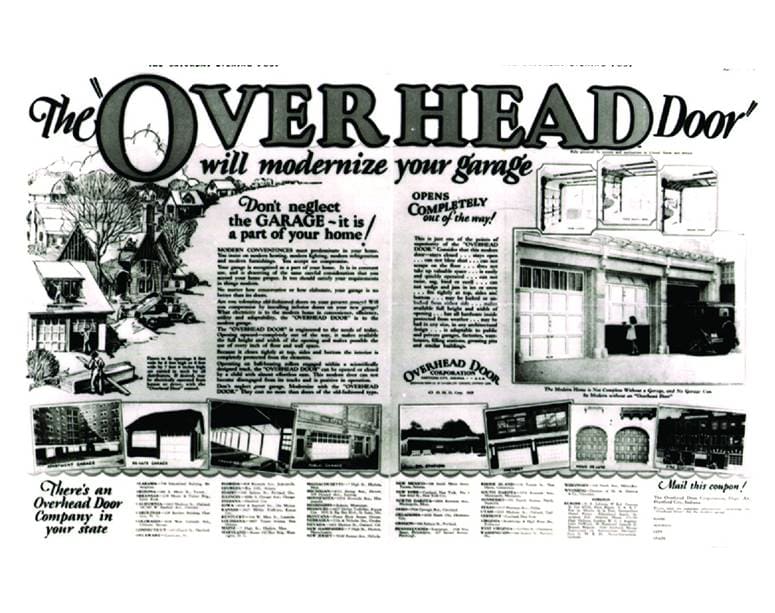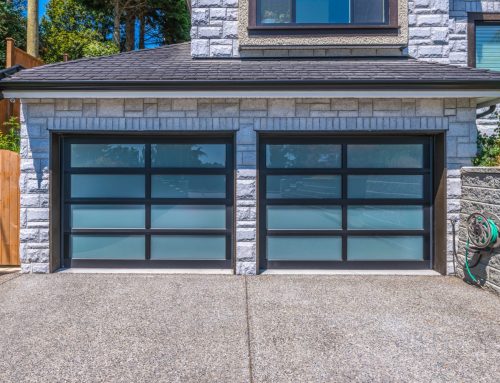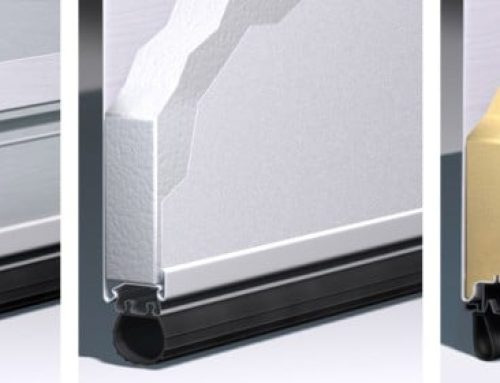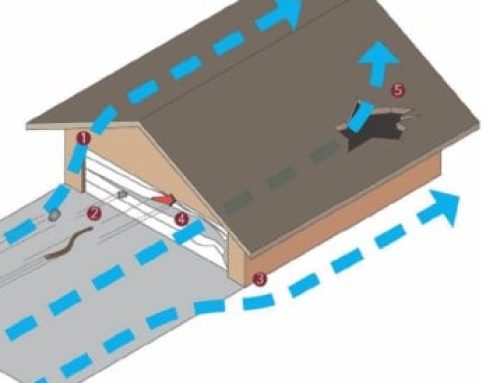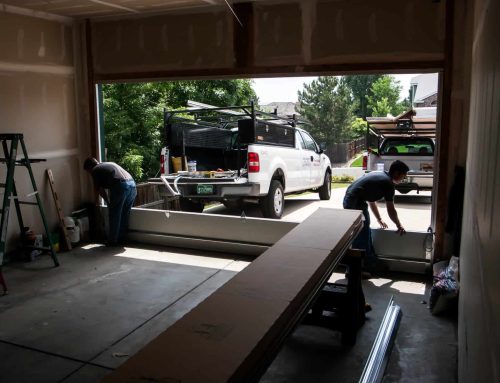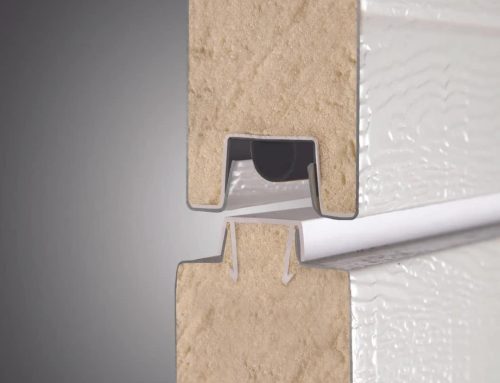The Evolution of Garage Doors: A Historical Perspective
Garage doors, once a simple necessity, have evolved into a blend of functionality, technology, and design, reflecting the changing needs of society. The journey began in the early 20th century when the rise of the automobile prompted a shift from carriage houses to dedicated garages. Early garage doors were rudimentary, often crafted from wood and manually operated. These doors, hinged at the sides, opened outward, requiring ample space and physical effort to operate.
The 1920s marked a significant leap forward with the invention of the overhead garage door by C.G. Johnson. This breakthrough design allowed the door to lift and slide overhead on tracks, drastically improving space efficiency and ease of use. Johnson didn’t stop there; in 1926, he introduced the first electric garage door opener, a game-changer that brought unprecedented convenience to homeowners.
As suburban growth surged in the mid-20th century, so did the demand for better, more reliable garage doors. Steel became the material of choice, offering greater durability and security than wood. The 1970s and 1980s saw the introduction of insulated doors, which improved energy efficiency by maintaining the temperature inside the garage, an important feature as garages increasingly became extensions of the home.
The turn of the 21st century ushered in the era of smart technology. Modern garage doors now feature smart openers that can be controlled remotely via smartphone apps, providing real-time notifications and enhanced security features such as automatic locking and integration with home security systems. Materials have also evolved, with composite doors offering the aesthetic appeal of wood without the maintenance, and advanced insulation techniques making garages more energy-efficient than ever before.
Looking to the future, garage doors are set to become even more integrated into the smart home ecosystem. Expect to see doors that respond to voice commands, feature biometric access controls, and even integrate with AI to anticipate your needs. Sustainable materials and eco-friendly designs will also become more prevalent as homeowners prioritize energy efficiency and environmental impact.
In summary, garage doors have transformed from simple barriers to sophisticated, smart, and stylish components of the modern home. As technology and design continue to advance, the garage door of tomorrow will likely be a seamless blend of innovation, security, and sustainability.

